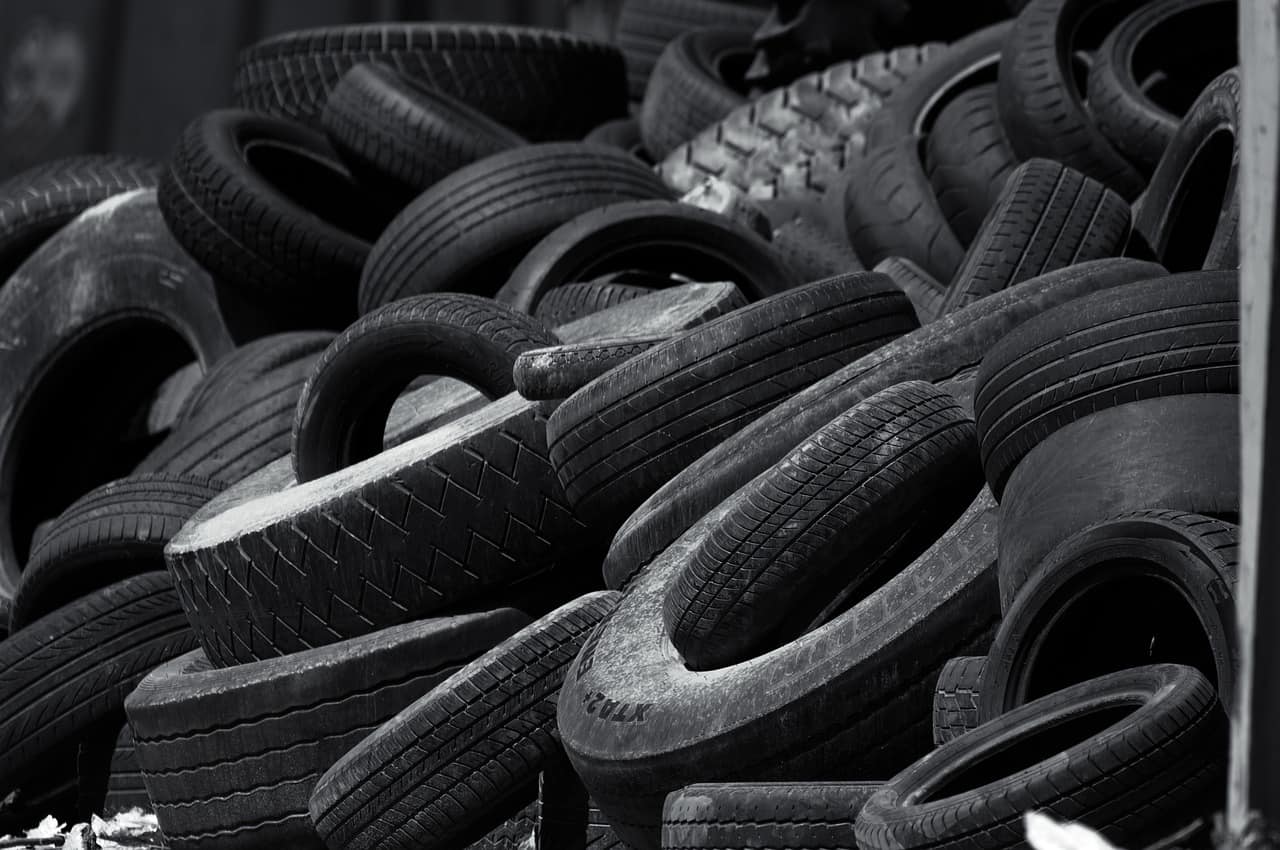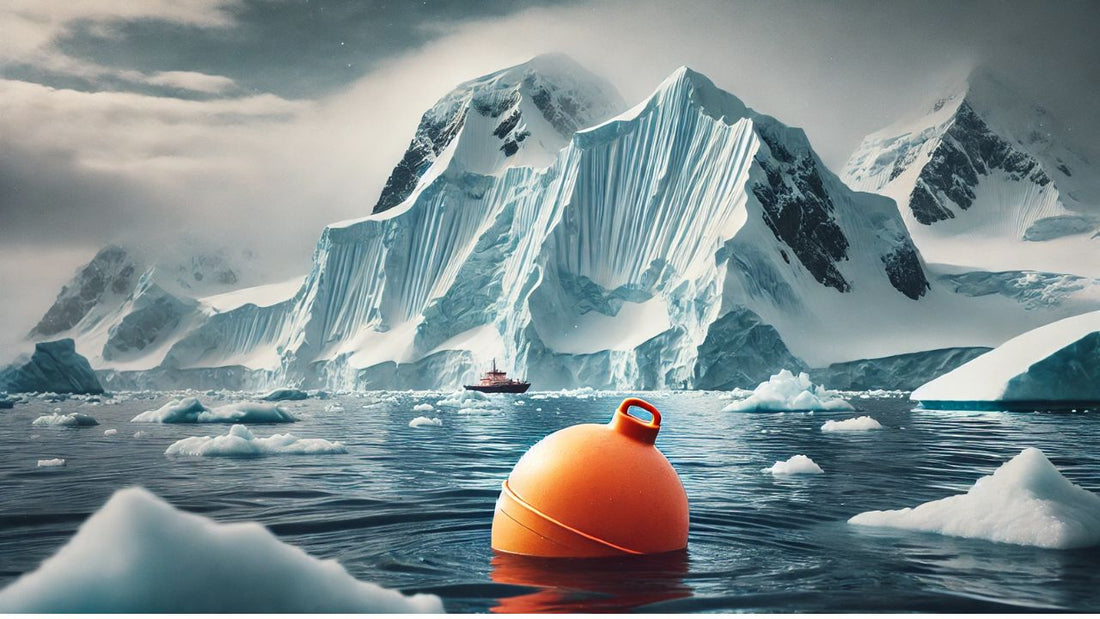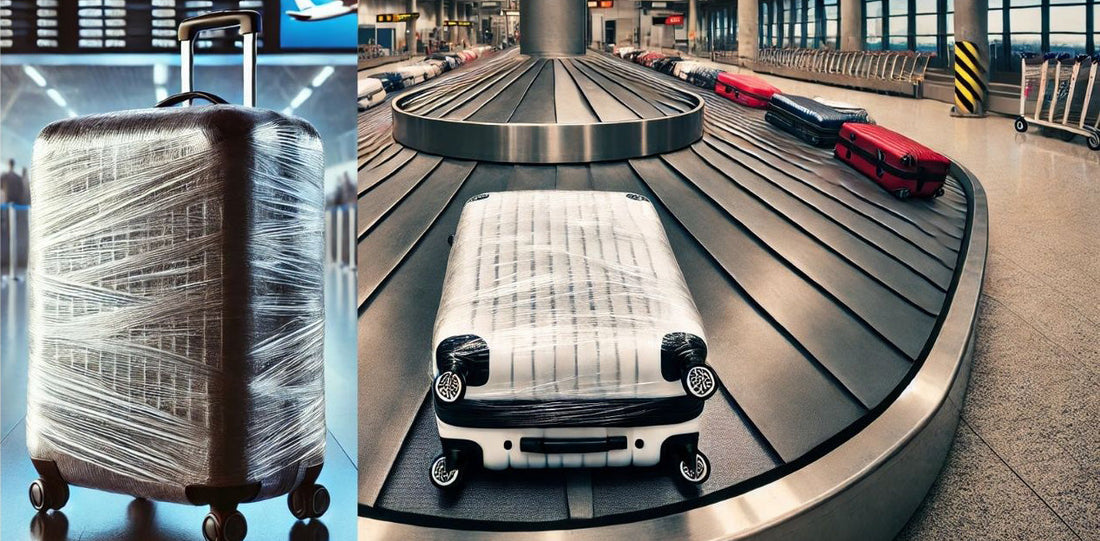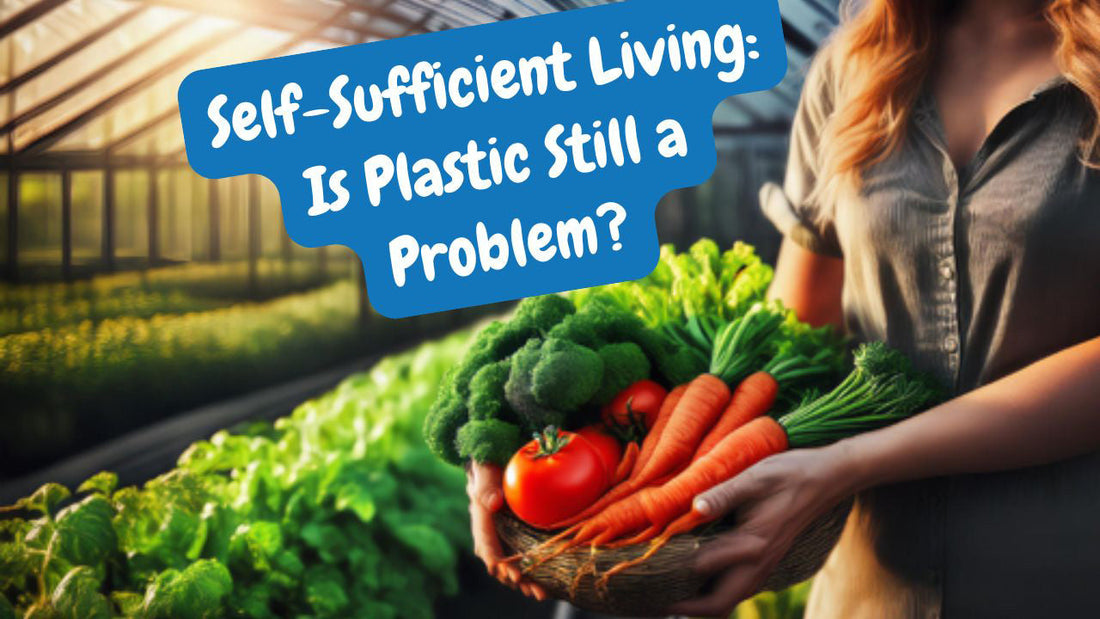Plastic Pollution: Plastic Solutions is a series of articles where we highlight Australian people and businesses that are tackling plastic pollution head on.
We hope you enjoy the first of this series that highlights Veena Sahajwalla, a native of India who now calls Australia home.
PLASTIC POLLUTION: DISCARDED TYRES
When we think of tyres, we think rubber — not plastic. In reality the make-up of tyres consists of less than 50 per cent rubber. Nineteen per cent of the rubber is derived from natural materials, and the remaining 24 per cent is made from synthetic rubber — a plastic polymer. The other 57 per cent of the tyres material is made-up of a combination of metal and other compounds.[1]
While tyres themselves present environmental issues with wear and tear contributing to microplastics flowing into the environment, it’s the end of life of a tyre that’s the largest environmental polluter.
In Australia alone, over 20 million tyres a year are destined for landfill, with a small amount being recycled into other uses. The shocking fact is, only five percent of those tyres are recycled in Australia. The other 95 percent are either kept in stockpiles, dumped illegally or exported.[2]
Stockpiling tyres presents a problem, tyres are highly combustible, and hard to extinguish if they do catch on fire. Tyres also produce harmful chemical toxins and pollutants when burned.
 If burning tyres is not a suitable option for end of life, what is being done with the mounting pile of tyres?
If burning tyres is not a suitable option for end of life, what is being done with the mounting pile of tyres?
Rubber tyres are often ground into small pieces, referred to as “crumbed rubber”. This crumb is used for playground and sports surfaces, roads and building insulation.
Sounds like a great idea? But how environmentally friendly is this solution?
Greenspinning, a Facebook page dedicated to “Calling out the great green spin by the corporate polluters” highlights how using rubber crumbs to create fake turf and rubber play surfaces is a product that is unfit for purpose.
If our current solutions are not working and are also bound to cause further environmental damage, surely there's a better way of discarding used tyres?
PLASTIC SOLUTION: GREEN STEEL
Award winning scientist, Veena Sahajwalla has done exactly that. Originating from Mumbai, India, Sahajwalla graduated top of her class as the only female engineering student at the University of British Columbia, Canada.
In 2008 Sahajwalla was appointed Founding Director of the SMaRT Centre at University of NSW (UNSW). SMaRT (the Centre of Sustainable Materials Research and Technology), was established to advance the sustainability of materials and processing manufacturing.
One Steel (now known as Arrium Mining and Materials) was an industry partner with SMaRT. Prior to founding SMaRT, Sahajwalla had already won awards for her idea of using carbon and hydrogen from waste plastics to make steel. It was just a matter of time before she would incorporate this technology in to practice.
Sahajwalla realised that waste tyres were not only in abundance, they also provided the hydrogen and carbon required to produce steel, which replaces the need to use as much coal or coke.
The goal of the innovation called “Polymer Injection Technology” is to eventually remove the need for coal and coke in the steel making process.
To date over two million tyres in Australia have been diverted from landfill and processed into feedstock to manufacture what is known as “green steel”.
What about the emissions from burning these materials? Green steel produces 80 per cent less carbon emissions than traditional steel making.[3]
Sahajwalla's passion for reducing waste along with her technical expertise was the driver behind this innovative, environmentally friendly solution to combating the growing problem of plastic pollution.
You can learn more about Sahajwalla's Green Steel technology via the video link below:
References:
[1] https://www.nationalgeographic.com/environment/article/tires-unseen-plastic-polluter
[2] https://www.canstarblue.com.au/vehicles/guide-recycling-used-car-tyres/
[3] https://www.smart.unsw.edu.au/news-events/news/daily-mail-feature-story-green-steel





